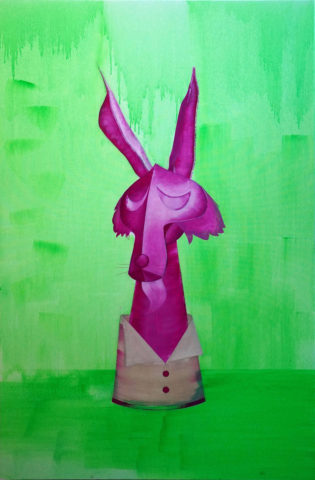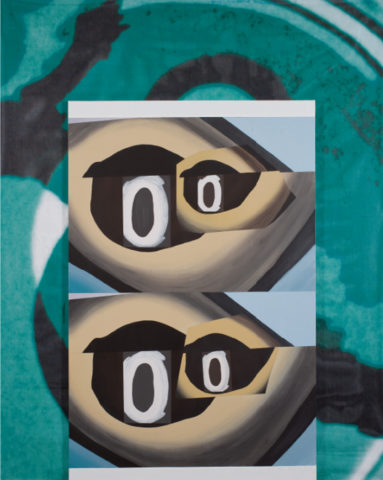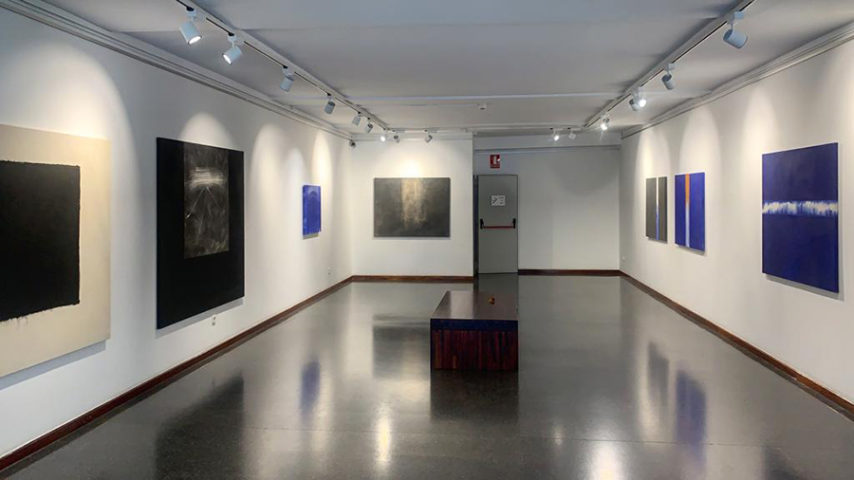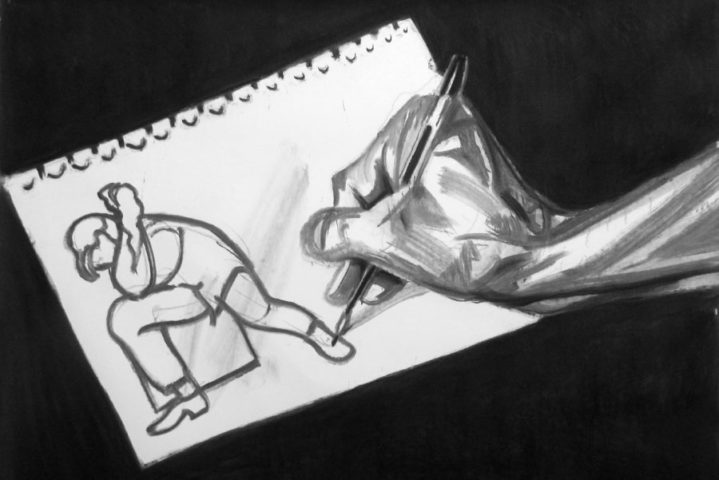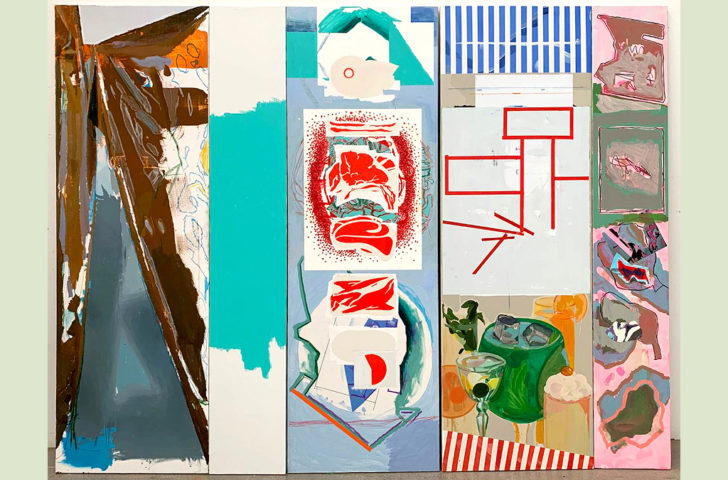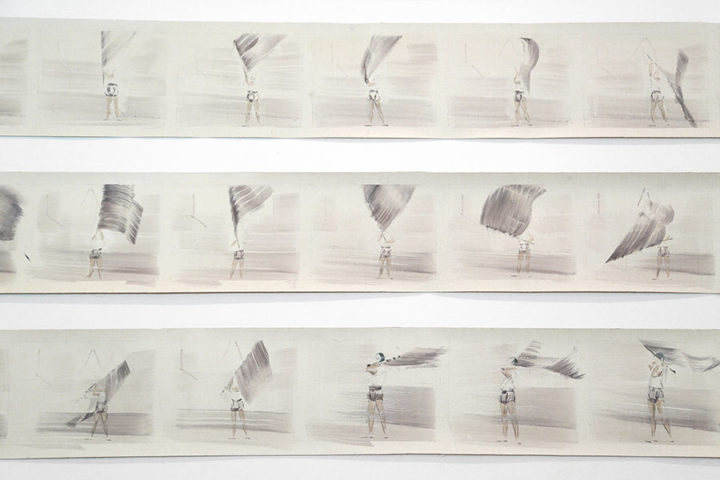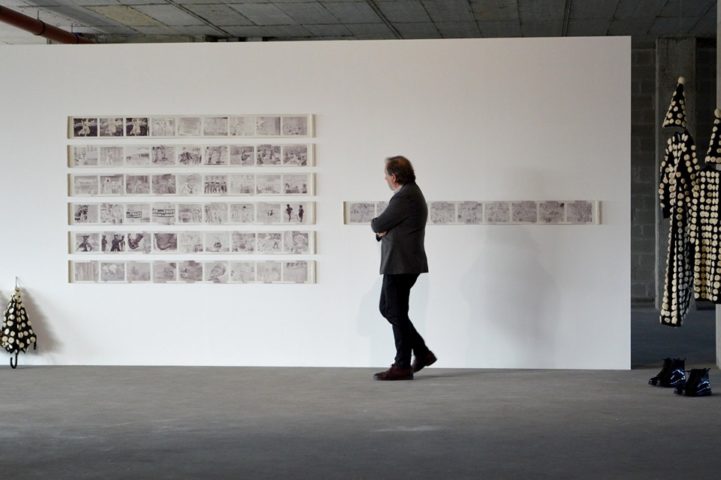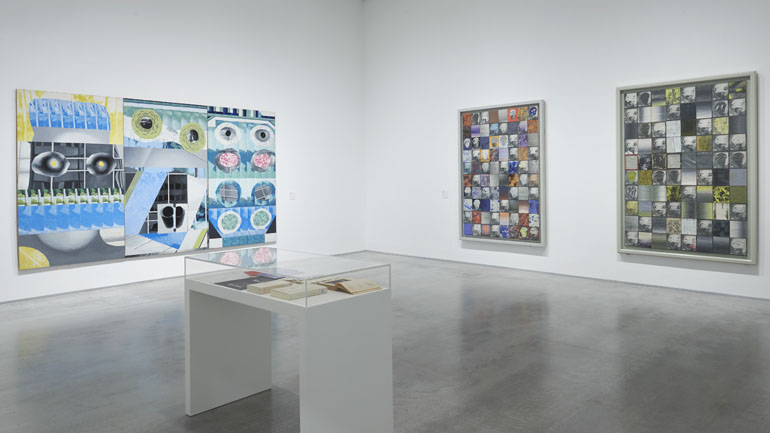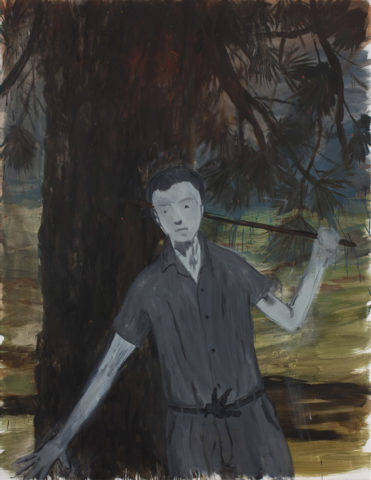Premi de Pintura 2022, Fundació Vilacasas
Can Framis, Barcelona
05/07/2022 – 18/09/2022
Un any més, la Fundació Vila Casas ha convocat l’edició dels premis dedicats, de manera rotativa, a les disciplines de pintura, escultura i fotografia. Enguany és el torn del Premi de Pintura 2022 i el jurat –format per Gisela Chillida, Natàlia Chocarro, Marc Domènech, Conxita Oliver, Antonio Sagnier, Àlex Susanna i Antoni Vila Casas– ha seleccionat 30 obres finalistes que es podran veure en una exposició a Can Framis de Barcelona entre el 5 de juliol i el 18 de setembre.
Els 30 artistes finalistes són: Eladio Aguilera, Alejandra Atarés, Rafel G. Bianchi, Sara Bonache, Jose Bonell, Bernat Daviu, Gonzalo Elvira, Miquel Garcia, Elena Kervinen, Gala Knörr, Lola Lasurt, Pere Llobera, Francesca Llopis, Justine Lotus, Ariadna Mangrané, Irma Marco, Maria Mercader, Muma, Narotzky, José Luis Pascual, Jorge R. Pombo, Ignasi Prat Altimira, Francesc Ruiz Abad, Bea Sarrias, Manolo Sierra, Joan Soler, Ramon Surinyac, Guim Tió Zarraluki, Jordi Torrent i Clara Vidal.
Inauguració: dilluns 4 de juliol, a les 19 h
